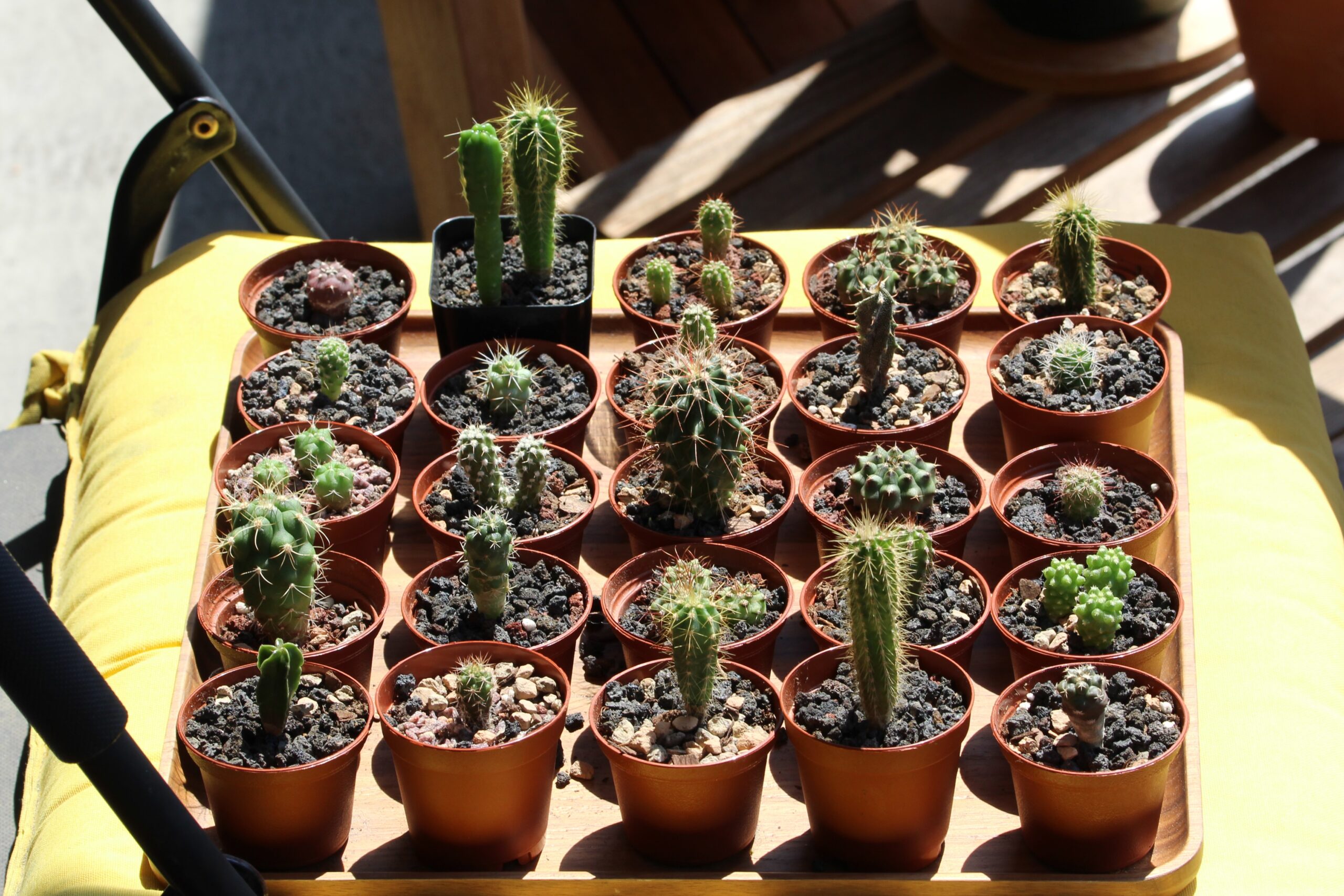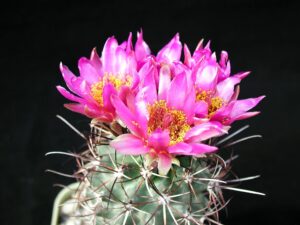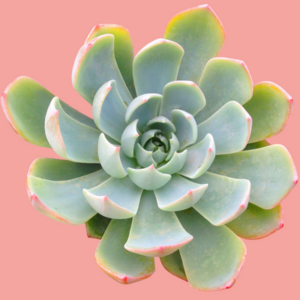In the heart of the arid desert, where life seems to barely cling to existence, the unassuming cactus stands tall, a verdant bastion of resilience. Growing these marvelous succulents from seed is akin to nurturing a miracle from the parched earth. This guide will navigate you through the entire process, illuminating the path from tiny seeds to exuberant plants.
Indeed, the endeavor of cultivating cacti from seeds may seem daunting to the uninitiated. However, with diligence and an appreciation for the symbiotic relationship between plants and their environment, anyone can invite these enchanting flora into their home or garden. Each stage of growth is a testament to patience, akin to waiting for the gentle unfold of a flower. Let us delve into the intricate yet accessible world of cactus propagation.
This guide will cover:
- Understanding the Cactus Seed
- The Seed-Planting Process
- Optimal Care for Seedlings
Understanding the Cactus Seed
Seeds of cacti, much like time capsules, harbor their true potential. Encased in a protective shell, they hold the promise of vibrant life. The first step in this nurturing journey is to comprehend the diversity among cactus species. From the petite Mammillaria to the majestic Saguaro, the seeds differ not only in size and shape but also in germination requirements.
Recognizing the origin of the seeds is pivotal. Not all cacti propagate in identical conditions; some thrive in semi-arid climates while others flourish in entirely different ecosystems. The climate where the seed comes from often dictates its needs for light, humidity, and temperature. Selecting high-quality seeds from reputable sources will significantly enhance the likelihood of germination success.
When it comes to the seeds themselves, they are minuscule, often resembling fine grains of sand. This diminutive size belies the extraordinary transformation that awaits them. Seeds can remain dormant for years, waiting for the perfect conditions to spark life. As you stand before this tiny treasure, envision the towering, complex structure it will become.
The Seed-Planting Process
Embarking on the seeding process is reminiscent of an ardent artist preparing a canvas. Your chosen medium—typically seed-starting mix—must be as sterile and free from contaminants as possible. A finely textured substrate will provide adequate drainage and aeration. In this instance, the soil acts as both cradle and nourishment, cradling the seeds as they embark on their remarkable journey.
Ensure that you moisten the seed-starting mix prior to planting. This can be a delicate balancing act; overly saturated soil can suffocate emerging roots, while too little moisture can desiccate seeds before germination. The golden rule here is to maintain a humidity level akin to early morning dew blanketing the desert floor.
When planting your seeds, scatter them across the surface of the prepared substrate. Do not bury them too deeply, as many cactus seeds require light to germinate. A gentle dusting of fine gravel or a light layer of soil can protect them while still permitting sunlight to permeate. A clear plastic dome or plastic wrap covers this miniature ecosystem, creating a humid environment akin to a tropical rainforest, allowing the seeds to awaken from their slumber.
Place your planting canvas in a location where it will bask in indirect sunlight. An artificial light source may also be deployed if natural light is insufficient. Patience is paramount, as the waiting game can extend from mere weeks to several months, depending on the cactus species.
Optimal Care for Seedlings
Once seeds germinate and tiny green sprouts emerge, the act of nurturing becomes both a chore and a celebration. The seedlings are now fragile, akin to silk threads blowing in a summer breeze, and care must be taken to safeguard them. Remove the plastic cover gradually, mimicking the slow awakening of dawn, acclimating the seedlings to their new environment over the course of several days.
Watering during this stage necessitates finesse. Use a fine misting spray to gently moisten the soil without dislodging the tender roots. As they grow, gradually introduce them to the process of tactile watering, allowing the soil to dry slightly between waterings to bolster root development.
As days progress and the seedlings mature, watch for signs of distress. Yellowing leaves may indicate overwatering, while a parched appearance signals thirst. Positioning the seedlings in bright light will enhance their growth, but be cautious of scalding from direct, intense sunlight.
As time unfolds, celebratory days will come when the seedlings reach a point of transplant readiness. Like fledglings preparing for their first flight, they will need to be moved into larger pots that will allow them to spread their roots further into their new homes.
In conclusion, growing cacti from seeds is a rewarding journey. Each step, from understanding the seeds’ nature to the nurturing of sprouting seedlings, epitomizes the intricate dance between care and nature. As you cultivate these vibrant specimens, ultimately, you are not only enriching your garden but also celebrating a profound connection with the resilience embodied by these extraordinary plants. Grow with patience, watch with wonder, and soon you will harvest the bountiful joys that only a thriving cactus can bestow.





Leave a Comment